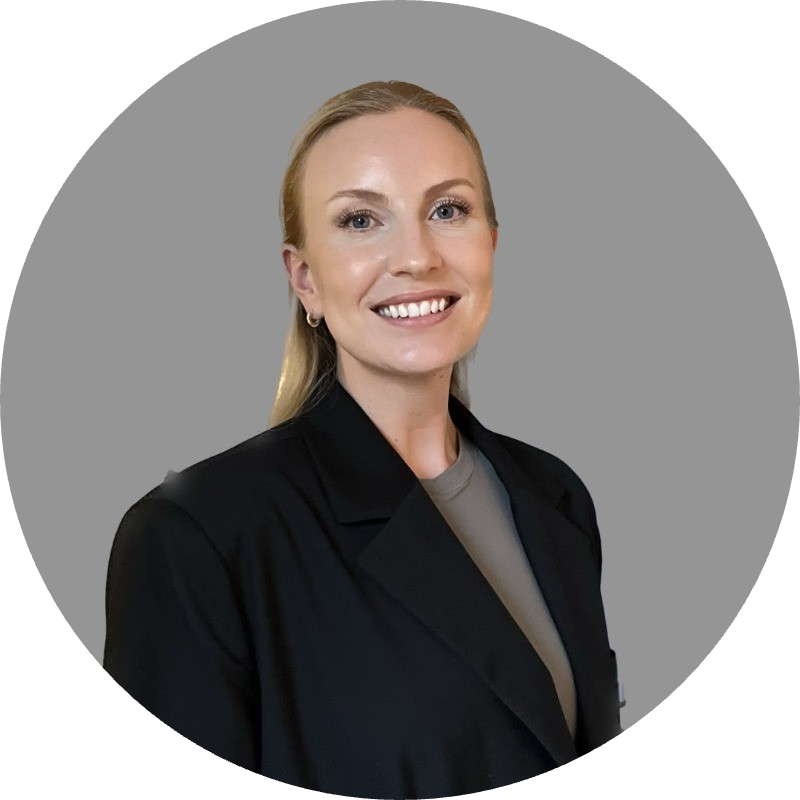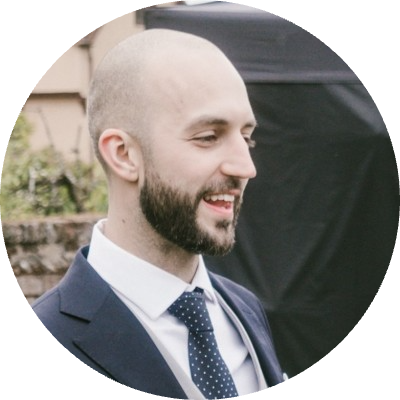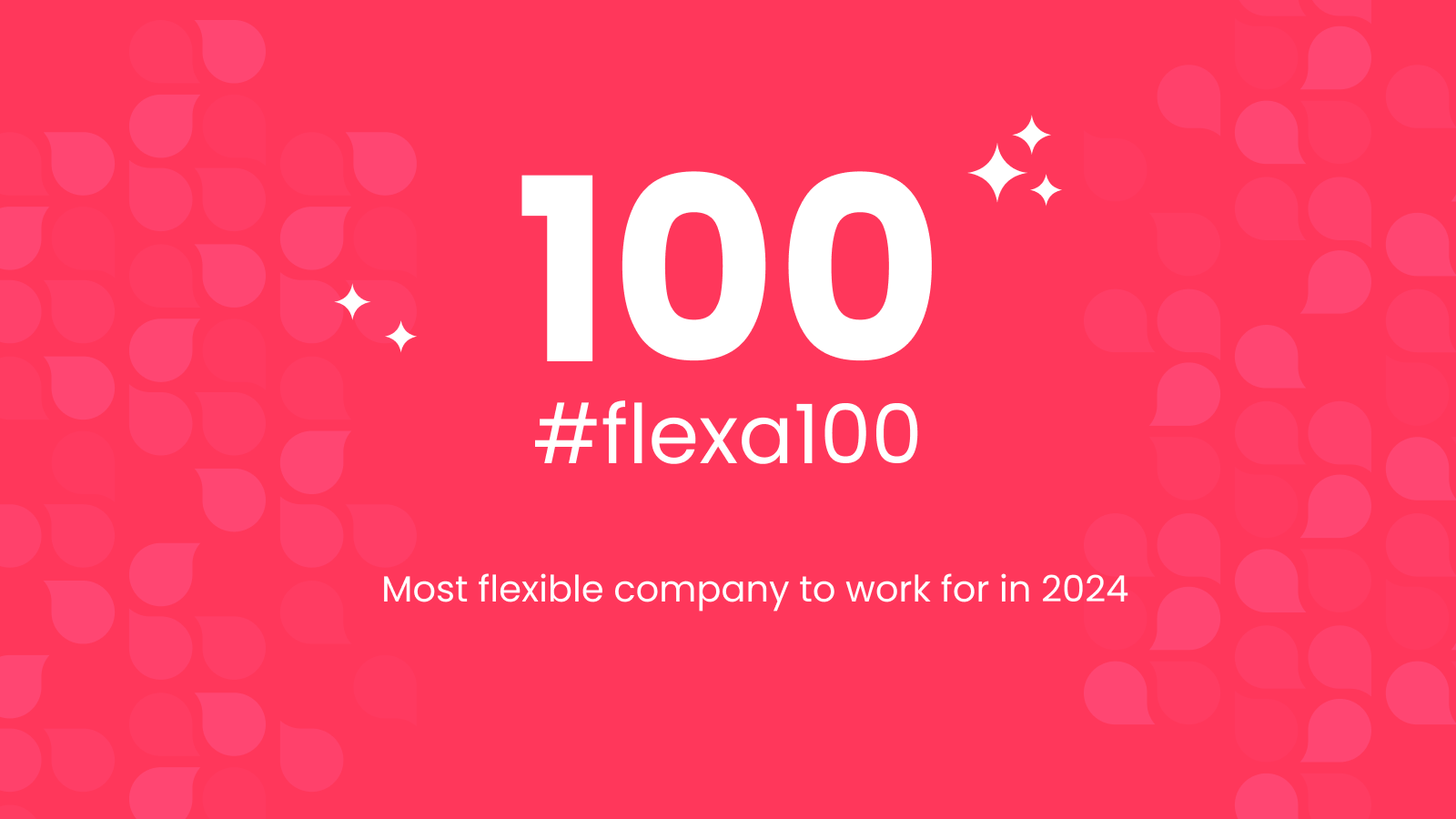Coaching is an effective way to engage your team, develop their skills and improve performance.
But research shows just two in 10 managers intuitively understand how to coach employees [1]. So in this blog, we’re including three coaching form templates you can use to make your coaching and quality assurance process more effective and consistent across your contact centre. These models are globally recognised and perfectly suited to remote or face-to-face conversations.
GROW model
The GROW model was popularised by business coach Sir John Whitmore in the 1980s. It provides a simple but effective structure for your one-on-one conversations with employees, where you will set a goal, identify potential challenges, brainstorm solutions, and then decide on a clear plan of action. The acronym stands for goal, reality, options and will.
Goal
The first step of GROW is to set some goals. Together with the agent, you should discuss what they want to achieve in the short-term and the long-term, and agree on a clear set of objectives. These objectives should be SMART (specific, measurable, achievable, relevant and time-bound).
Reality
Once you have established a clear set of goals, the next step is to discuss the agent’s current reality. This may include their current workflows, skills and performance. The aim here is to identify the root cause of any issues/underperformance that could stop them from achieving their goals.
Options
The third step is to brainstorm different ways the agent could overcome their challenges and achieve their goals. It’s important to explore lots of different options here and consider each challenge from multiple angles.
Will
The final step of GROW is to agree on a clear plan of action. Having set a goal, identified the challenges, and brainstormed several potential solutions, you and the agent should now have all the information you need to decide on the best way forward.
CLEAR model
The CLEAR model was developed by business consultant Peter Hawkins in the 1980s. It is similar to the GROW model, but includes a review component at the end where you and you and the agent can reflect on what you’ve discussed. The acronym stands for contracting, listening, exploring, action and review.
Contracting
The first step of CLEAR is to discuss what the agent wants to achieve from the coaching session. This will help you establish a clear scope for your one-to-one.
Listening
The second step is to ask the agent to describe their concerns or challenges in more detail. It is important here to practice active listening — paying attention to the agent, withholding judgement, silently reflecting on their concerns, requesting clarification when necessary, and summarising what you’ve understood before sharing your own opinions.
Exploring
Once the agent has shared their concerns or challenges, you should then ask further questions about how the agent is being emotionally or professionally affected by their current situation.
Action
Next, you should use the information you have heard and gathered so far to help the agent create a plan of action. You should let the agent take the lead and support with who, what, when, where, why and how questions.
Review
The final step of CLEAR is to ask the agent for feedback. Have you fulfilled the goal that you established in the contracting stage? Is there anything else they would like to cover? Together you should review what you have discussed and reinforce your plan.
OSKAR model
The OSKAR model was developed in the early 2000s by consultants Paul Jackson and Mark McKergow. It is a solutions-focused model, meaning it focuses more on finding solutions to problems rather than on the problems themselves. It also includes a quantitative scale element, which is handy for measuring the agent’s progress over time. The acronym stands for outcome, scale, know-how, affirm & action, and review.
Outcome
The first step of OSKAR is to define and agree on one or more outcomes that the agent would like to achieve. These may be short-term or long-term goals.
Scale
The next step is to ask the agent how close they are to achieving their goals. For each goal, they should provide a number on scale of one to 10, with one being absolutely no progress made and 10 being completely resolved.
Know-how
The third step is to discuss how the agent can reach their goals. The “know-how” is the skills, knowledge, qualifications and attributes they will need to progress.
Affirm + Action
Once you’ve agreed on the big-picture plan, you need to discuss the next ‘small steps’. What is already working well? And what can you or the agent do right away to help them move forward?
Review
The final step is to arrange a follow-up meeting where you can review the agent’s progress. Together you should discuss what’s working, what isn’t working, and steps you can take to get back on track. This will ensure the agent continues to make progress and is accountable for their actions.
Want to improve your agent coaching? Download your GROW, CLEAR and OSKAR templates here.
[1] Gallup







